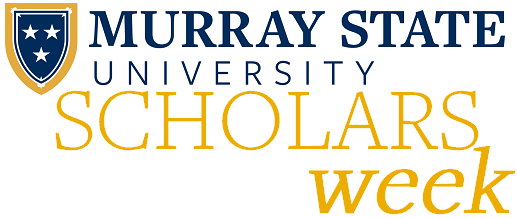
List all Project Mentors & Advisor(s)
Dr. Terry L. Derting
Presentation Format
Poster Presentation
Abstract/Description
With major calls for reform in STEM education from professional organizations (e.g. AAAS, NIH, NSF), studies have found that faculty in higher education can improve student learning by changing their teaching from teacher-centered to student-centered. Change in teaching practice can be difficult, however, especially without significant training. One method of introducing student-centered teaching practices into the classroom is through the use of a flipped classroom model, where students engage in learner-centered activities within the classroom and receive passively-transmitted information outside the classroom. The focus of my study was two-fold, (a) to determine if the flipped classroom method affects student learning gains (b) and if the flipped classroom method affects student’s attitudes towards science and science literacy in an introductory non-major’s biology course. Surveys of teaching beliefs, teaching practices, and classroom observations of faculty participants were used to characterize flipped classrooms (n=4) and traditional classrooms (n=3). No training in teaching practice was provided to any faculty participant. Faculty who flipped their course used significantly more student-centered learning practices in the classroom. Students who attended a flipped class, however, had significantly lower overall learning gains than those in traditional classrooms. Students’ attitudes towards science and scientific literacy did not differ between class type. My results were consistent with prior research that showed that student performance was lower in student-centered classes when taught by faculty who lacked training in the use of student-centered teaching practices.
Location
Small Ballroom, Curris Center
Start Date
April 2016
End Date
April 2016
Implementation of Flipped Classrooms in a Non-Major Biology Course
Small Ballroom, Curris Center
With major calls for reform in STEM education from professional organizations (e.g. AAAS, NIH, NSF), studies have found that faculty in higher education can improve student learning by changing their teaching from teacher-centered to student-centered. Change in teaching practice can be difficult, however, especially without significant training. One method of introducing student-centered teaching practices into the classroom is through the use of a flipped classroom model, where students engage in learner-centered activities within the classroom and receive passively-transmitted information outside the classroom. The focus of my study was two-fold, (a) to determine if the flipped classroom method affects student learning gains (b) and if the flipped classroom method affects student’s attitudes towards science and science literacy in an introductory non-major’s biology course. Surveys of teaching beliefs, teaching practices, and classroom observations of faculty participants were used to characterize flipped classrooms (n=4) and traditional classrooms (n=3). No training in teaching practice was provided to any faculty participant. Faculty who flipped their course used significantly more student-centered learning practices in the classroom. Students who attended a flipped class, however, had significantly lower overall learning gains than those in traditional classrooms. Students’ attitudes towards science and scientific literacy did not differ between class type. My results were consistent with prior research that showed that student performance was lower in student-centered classes when taught by faculty who lacked training in the use of student-centered teaching practices.
